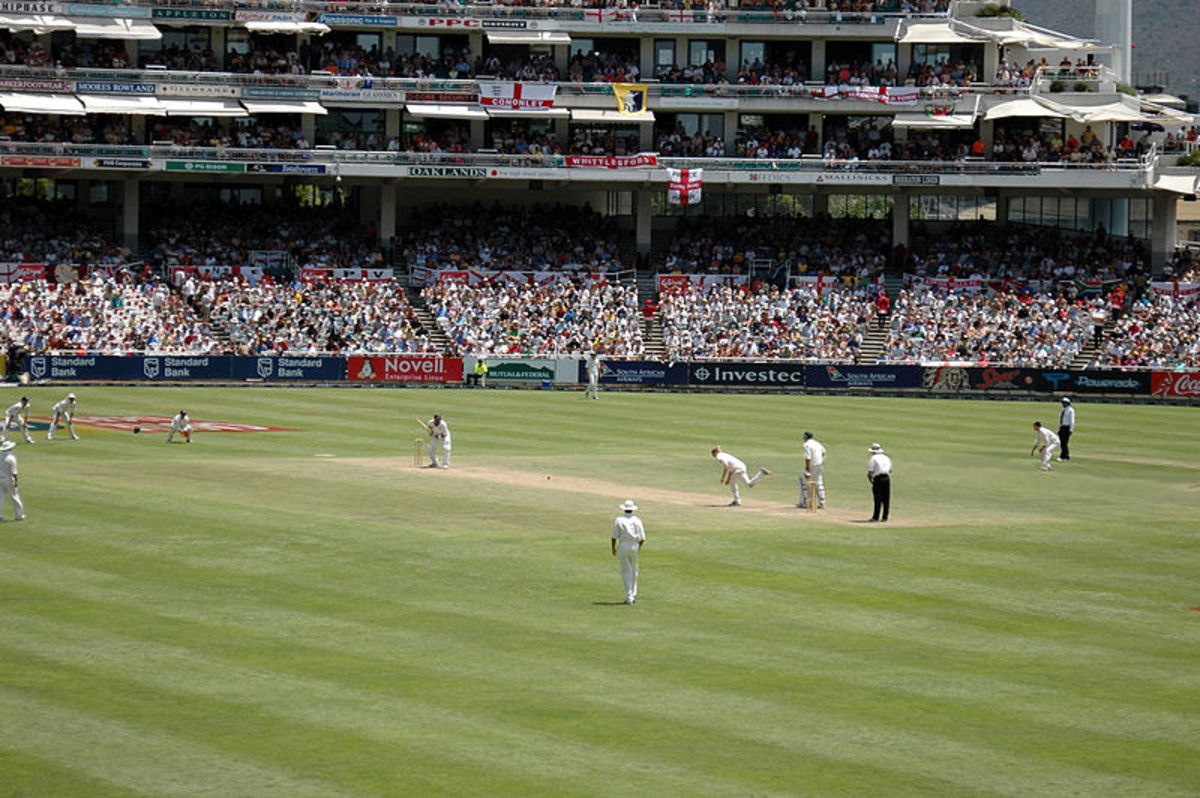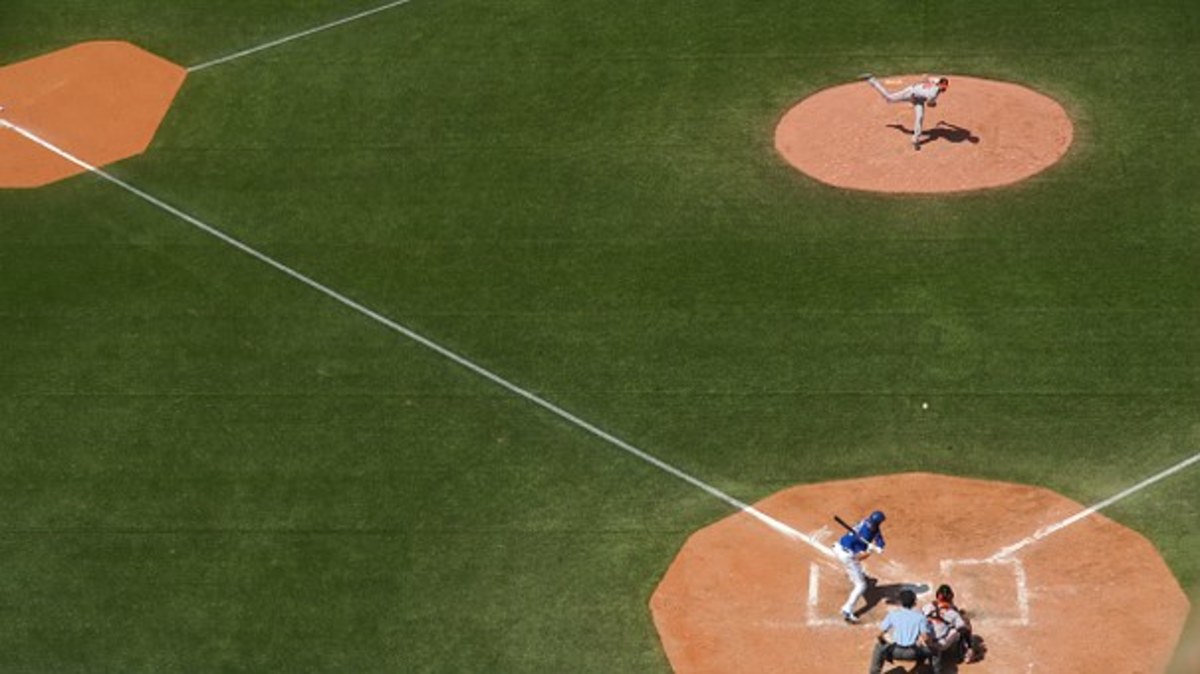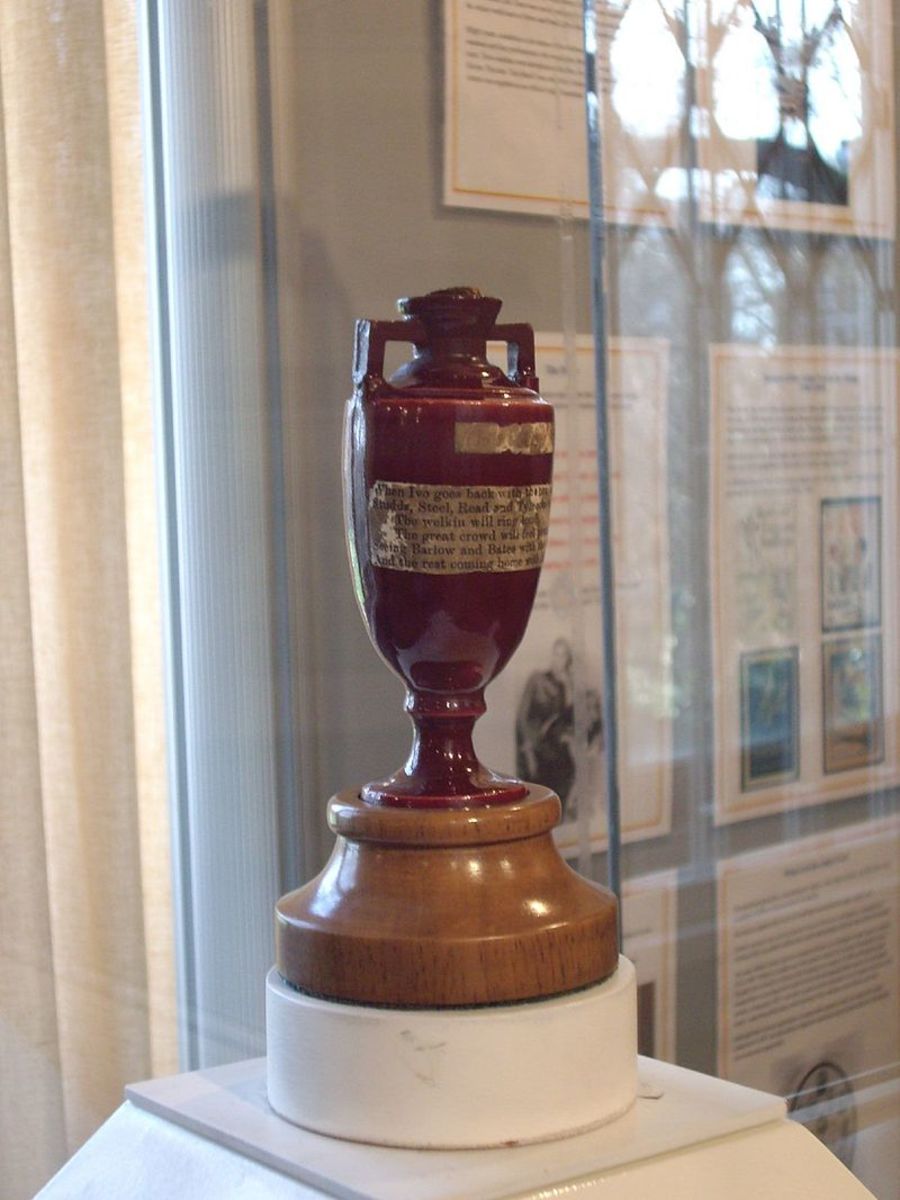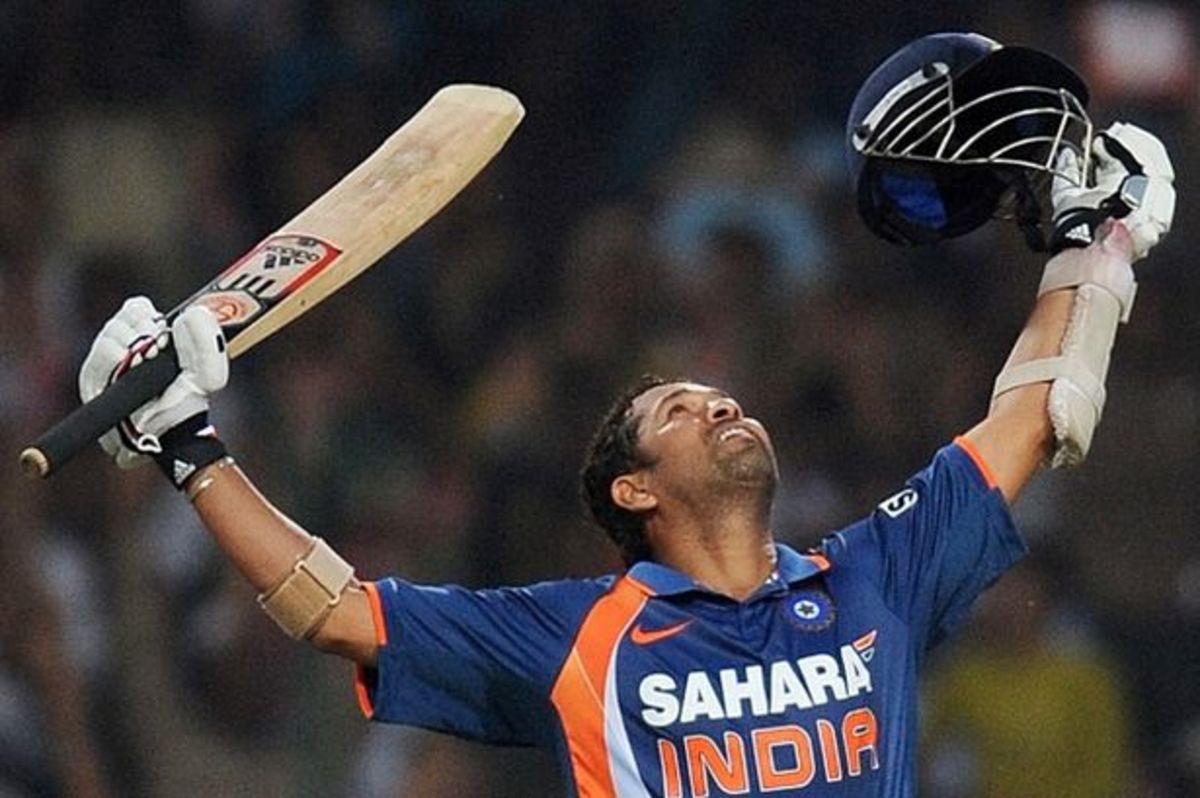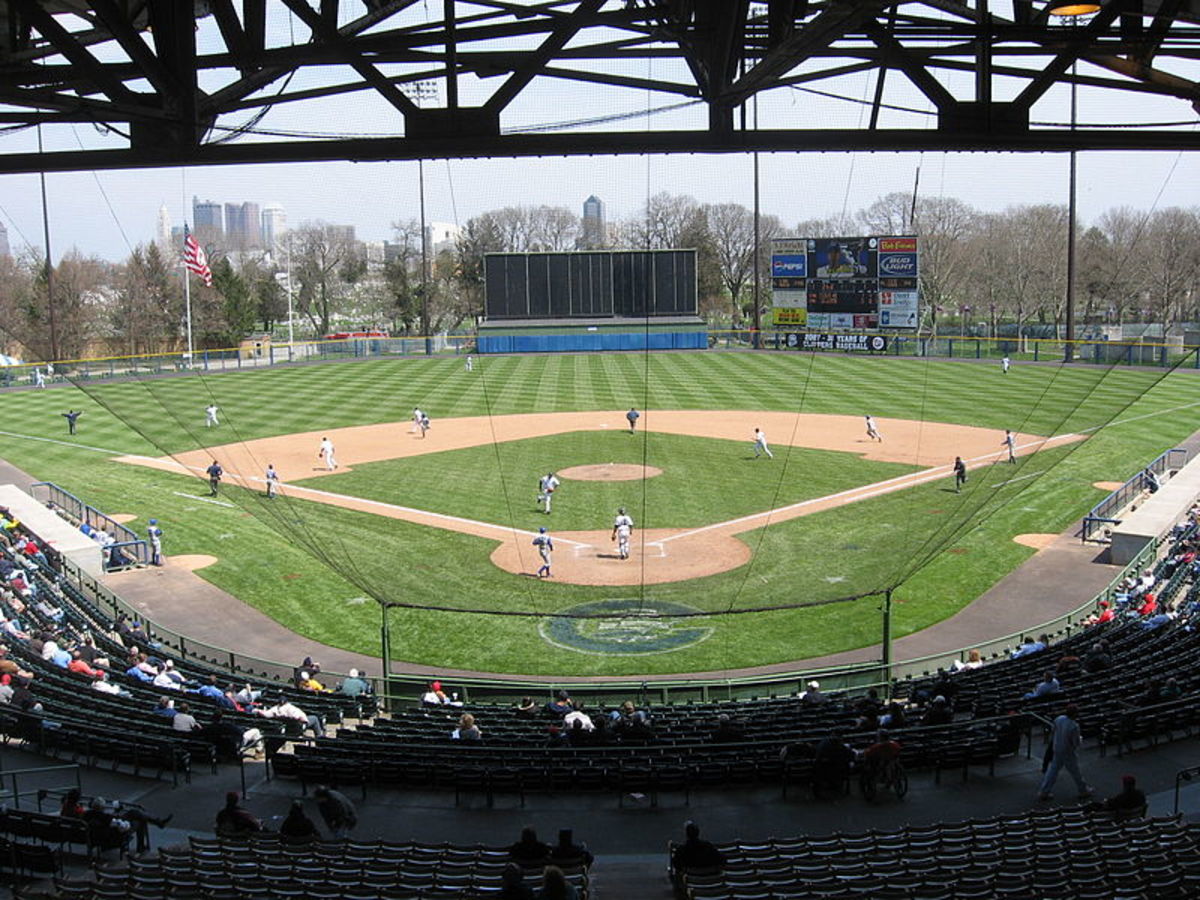How Cricket Started?
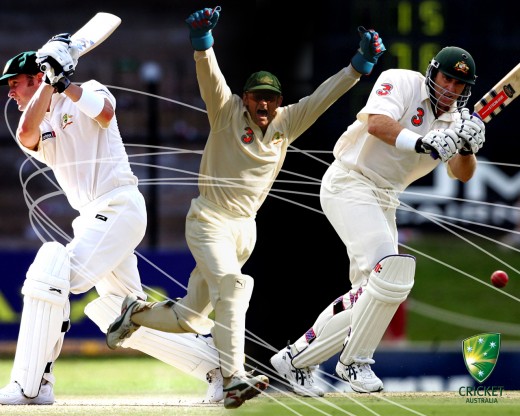
The origins of the game of cricket are lost in the mists of time. The first ever reference to cricket being played is thought to be in 1300 between Prince Edward I and his friend Piers Gaveston. However, the first ever-recorded match took place at Coxheath, Kent in 1646.
Originally an English game, cricket was born among the shepherds. Years ago, cricket was quite different from the cricket we know today. In fact, two different games were played, which were similar to present day cricket. They were club ball and stool ball.- Club BallIn this game, there was a batsman, a bowler and fielders. The ball was covered with leather. The batsman used a stick or pole to hit the ball, but there was no wicket for him to defend.
- Stool BallIn this game, a stool was used as a wicket. The bowler tried to hit the stool with the ball and one man tried to stop him. The man defending the stool just hit the ball with his bare hand. Every time he successfully defended his stool, he scored one point. The batsman was ‘out' if the ball hit the stool, or if the ball was caught by a fieldsman after the batsman had hit it. Years later, the batsman used a stick to defend the stool.A third theory states that shepherds used to play it by standing in front of the wicket gate to the sheepfold. Another shepherd would bowl a stone at him. The ‘batsman' would have to hit the stone with his sheep-stick called a ‘crook' or ‘cricce'.
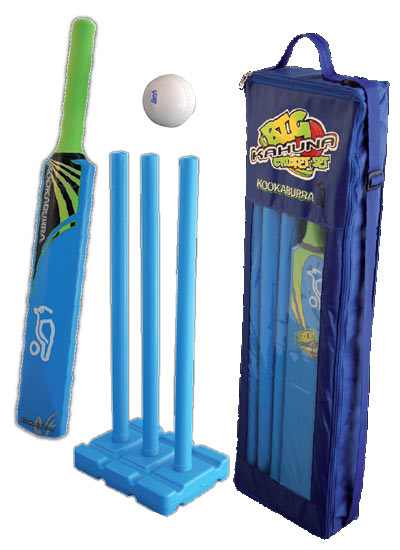
Times and cricket
By the 17th century, ‘cricket' was quite popular as a crude rural pastime. But in the following century, the sport suddenly saw kudos and was taken up particularly by Sussex, Kent and London. An organized match was held at the Artillery Grounds, Finsbury, London, in 1730.
The first and most influential cricket club in the land was formed at Hambledon, Hampshire, in the 1760s. This Club established certain rules which still hold today. Hambledon claims a page in history books as the "Birthplace of Cricket".
The Marylebone Cricket Club (MCC) was created by Thomas Lord, and had its headquarters at Lord's ground. MCC gave cricket its first formal laws in 1835 which still stand largely intact.
The mid-18th century witnessed cricket being played at every social level. Roger Fenton took the earliest known cricket photographs in 1857 at the Artillery Ground.
The cricket bat
Initially, ‘cricket' was played using shepherds' crook. However, the cricket bat as we know today was invented around 1853, with the blade made of willow, and a cane handle. The ‘V' shaped extension of the handle into the blade is called the splice.
The cricket ball
Primitive cricket balls were stones and other missiles. These were rather dangerous, and a welcome transition was cricket balls made of cork, and covered with hand-stitched leather quarters dyed red.
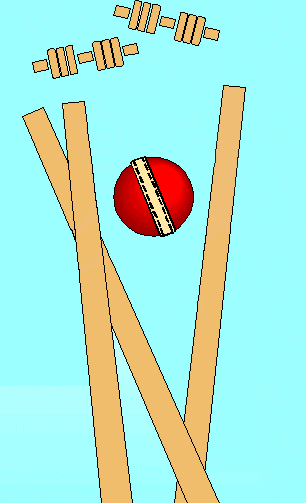
The cricket wicket
Shepherds' wickets were often just branches of trees. Two sticks were stuck upright in the ground, and a third stick was placed across the top. Sometimes, if the shepherds could not find tree branches, they would use a gate from one of their sheep pens for a wicket.
Cricket runs
Runs were scored by running between the two wickets. A hole was cut in the ground, between the two upright sticks of the wicket. The batsman had to put his bat in this hole, at the end of every run. The batsman was ‘run out' if the wicket keeper put the ball into this popping hole, before the batsman got his bat into it. Many wicket keepers had their fingers hurt in this way. Also, the two upright sticks of the wicket were so far apart that the ball could pass between them. So a third stick was put in the middle of the wicket.
Now there was no space for a popping hole. Therefore, a new rule was made. The umpire had to hold up a stick. The batsman had to touch this stick, with his bat, at the end of every run. This too, however, led to many hurt fingers. At last, a ‘popping crease' was marked on the grass, in front of the wicket, as it is in cricket today.
Cricket rules
As cricket gained popularity in England, many clubs were formed and various ways of playing were tried out. Initially, the bowler always sent the ball to the batsman under-arm. About 150 years ago, a young lady was trying to bowl for her brother. Her long, stiff, hooped crinoline skirt made it difficult for her to bowl under-arm. So she began to swing her arm backwards and upwards, throwing the ball from above her head. Now, all cricketers bowl over-arm instead of under-arm.
Cricket - the game
Initially, cricket was played mostly by country people. Later, gentlemen in London began to play. Today, cricket is played worldwide, and its power has shifted from England to other countries. With increased globalization, the game has also undergone increased commercialization.

